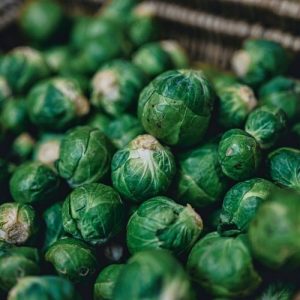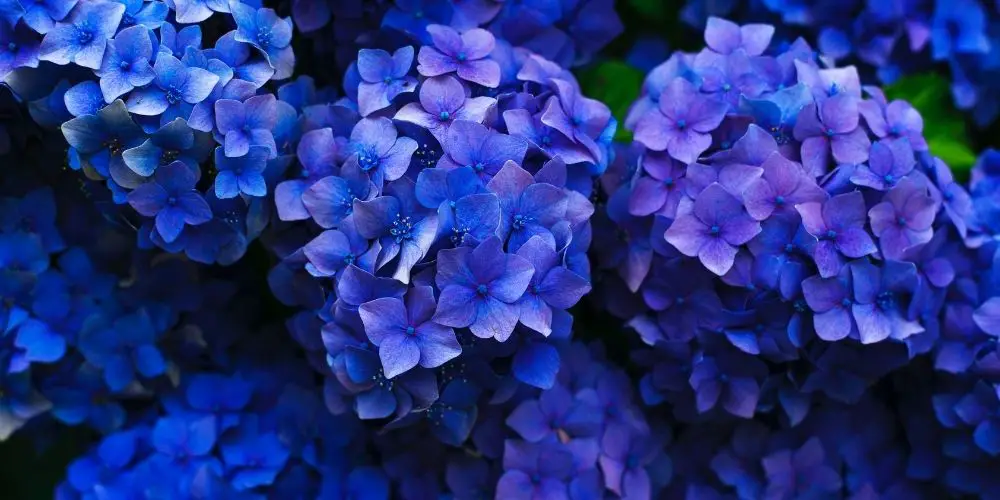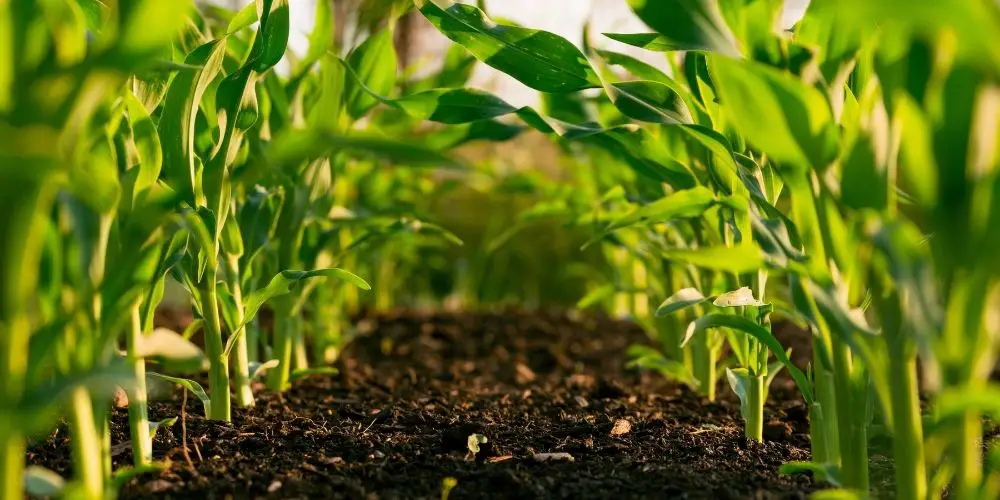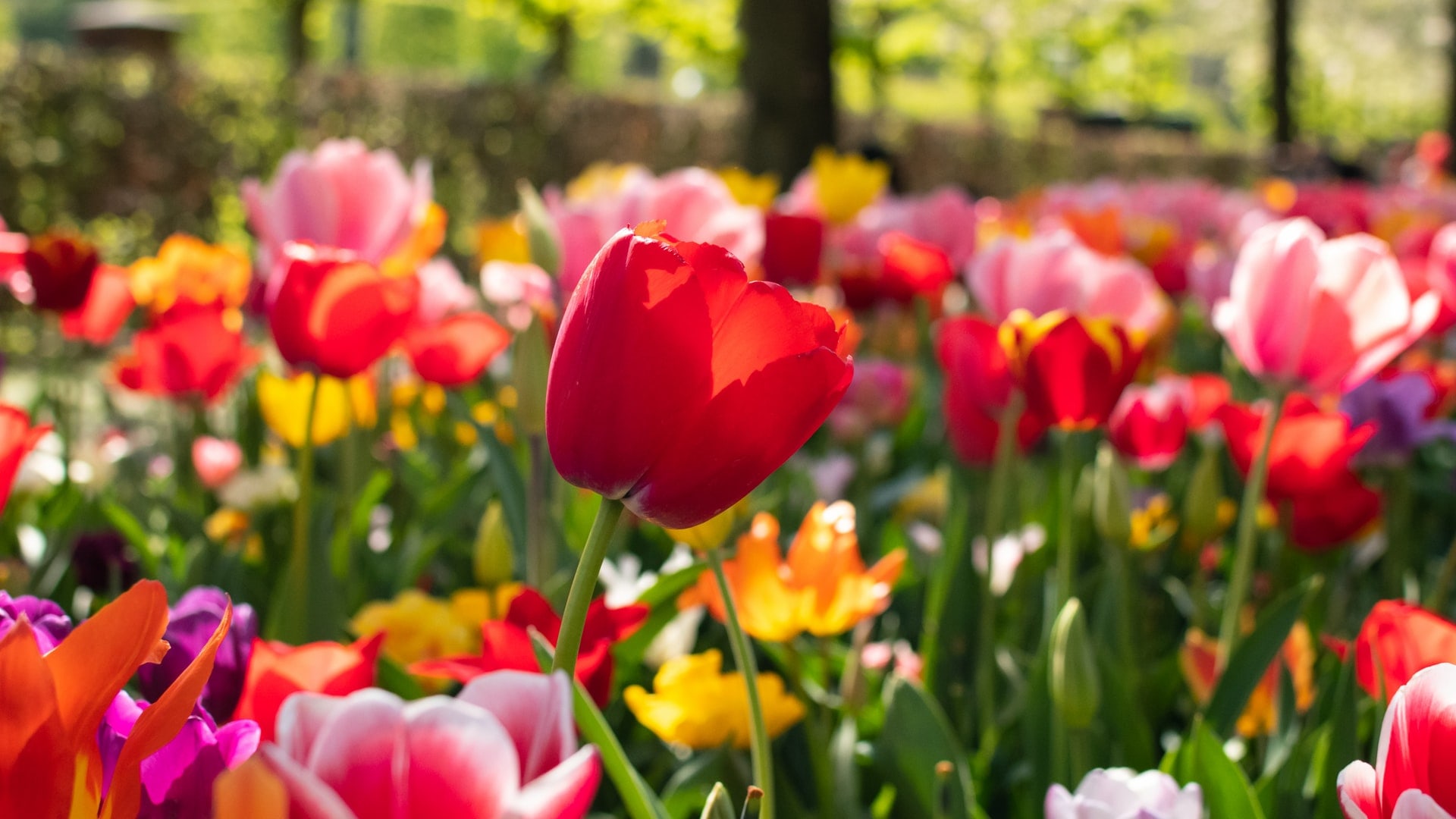You probably know that a plate filled with broccoli, cauliflower, kale, and cabbage is packed with health benefits. You may not realize, though, that these vegetables all belong to the same family. They are Brassica vegetables – belonging to the mustard family – and they are classified as cruciferous vegetables. The mustard family of flowering plants, known as Brassicaceae, contains more than 3,700 species. The four pedals of Brassica flowers are in the shape of a cross.
Health Benefits
Brassica vegetables are rich in vitamin C, vitamin E, vitamin K, folate, carotenoids, potassium, and iron. They are low in calories and fat, and high in soluble fiber (helps to lower cholesterol) and insoluble fiber (aids in digestion). Green leafy vegetables that are part of this family (such as collards, Brussels sprouts, broccoli, and kale) are excellent sources of calcium. Brassica vegetables may reduce inflammation and lower the risk of developing cancer.
One cup of broccoli contains only 31 calories. To maximize your use of this vegetable, eat the stems as well as the florets. According to a Berkeley Wellness article, the amount of nutrients in broccoli stalks is equal to that of broccoli florets (referenced by the United States Department of Agriculture). One cup of raw cauliflower has more than 75% of your daily recommended amount of vitamin C. Although white is the most common color, cauliflower also comes in green, orange, and purple varieties.
Kale has more calcium than milk and more vitamin C than an orange. It has been grown for more than 2,000 years. Cabbage, meanwhile, has been cultivated for more than 6,000 years.
You’ll get more than 80% of your recommended daily intake of vitamin K with one cup of cabbage. Collard greens, another Brassica vegetable, contains a whopping 858% of your recommended daily intake of vitamin K and 80% of your recommended daily intake of vitamin A. Brussels sprouts, named after the Belgian capital, in one cup delivers four grams of fiber and about 150% of your recommended daily intake of vitamin C.
Arugula is a fast-growing Brassica vegetable known as “garden rocket.” One cup of arugula contains only five calories. Bok choy, also known as Chinese white cabbage, is an excellent source of vitamin A and vitamin C. Radish, a root vegetable, is rich in vitamin C. Another root vegetable of the Brassicaceae family is turnips. A Healthline article notes that the nutrient quantities in the greens are even higher than those in the root for this vegetable. Kohlrabi, known as German turnip, is high in vitamin A, B-vitamins, vitamin C, and vitamin K.
Other Brassica vegetables include brown mustard, napa cabbage, rutabaga, horseradish, wasabi, watercress, and white mustard. Consuming a variety of vegetables in this family will help you meet your daily nutritional requirements.
Ways to Use Them

Brassica vegetables can be used in numerous ways. Add them to soups, salads, stews, sandwiches, casseroles, chilis, pasta dishes, stir-fries, and smoothies. Cabbage soup is popular. Make broccoli fritters or a broccoli egg bake. Serve broccoli over whole grains such as quinoa or brown rice, or over legumes such as lentils and beans.
Cauliflower is a versatile vegetable. Make Cauliflower rice, cauliflower mash, cauliflower hummus, or cauliflower pizza crust. Include broccoli and cauliflower as part of a veggie platter with dip. Use kale as one of the ingredients for the dip. Kale chips make an excellent snack. Grill kale leaves for a side dish.
Even kale stems can be used for cooking. For example, they can be blanched, then sautéed or made into a pesto. Roast some Brussels sprouts for a great side dish. Bok choy can be braised, grilled, or roasted. You can top this vegetable with peanut butter or guacamole, and eat it the same way you do for celery. Making pickled radishes is a popular way to use this Brassica vegetable.
Bake turnips to make turnip fries. Combine turnips and kohlrabi to make a slaw. Use arugula as a pizza topping. The sturdy leaves of collard greens make them great for wraps and tortillas. Make a horseradish sauce. Use rutabaga to make a shepherd’s pie. Wasabi is commonly used in sushi. Garnish a cooked dish with watercress. Put the leftover vegetables you have together to make a vegetable stock.
Make Them Part of a Healthy Diet
Brassica vegetables are nutrient-dense, convenient, and tasty. Since they are low in calories and high in fiber, you’ll feel full after eating these vegetables and they can help you maintain a healthy weight.
According to the Centers for Disease Control and Prevention (CDC), only 9% of American adults in 2015 met the recommended daily intake for vegetables, which is 2-3 cups a day. We need vegetables in our diet to keep our bones strong, for digestive health, and to reduce the risk of disease.
With numerous ways to use Brassica vegetables in meals and snacks, they can play an important role in a highly diet.
These vegetables are also good for your mental health. They give you more energy, and they improve your mood and concentration. This contributes to a reduction in stress and anxiety. Extra stress has been created by the COVID-19 pandemic.
While 20% of Americans will suffer from a mental illness in a given year, 4% of Americans live with a serious mental illness such as bipolar disorder or major depression (according to the CDC). The CDC noted that symptoms of anxiety disorder and depressive disorder substantially increased in the United States during April-June of 2020 compared to the same period in 2019.
The pandemic has also created financial challenges for people. For those on a tight budget, the low-cost of Brassica vegetables make them great choices. Since they are nutrient-dense, you don’t need to spend a lot of money to meet your daily requirements of many vitamins and minerals by consuming these vegetables.
To boost confidence, mental outlook, and vitality, look for ways to include broccoli, cauliflower, cabbage, and kale (and other vegetables in this family) into your recipes. Your mind and body will benefit from consuming more Brassica vegetables.















